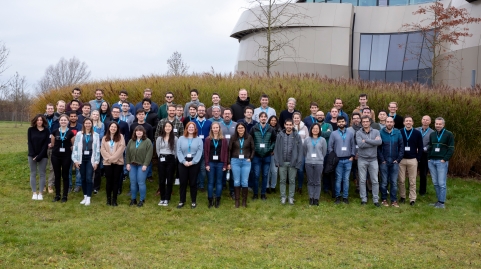Disks and Planets across ESO Facilities
Disks and Planets across ESO Facilities
ESO Garching, 28 November - 2 December, 2022
RATIONALE
Exoplanets have become central to astrophysics. The formation and evolution of exoplanets can now be explored with instrumentation and observational techniques covering multiple physical scales and wavelengths. The composition and substructures of planet-forming disks can be observed directly, and we witness and characterize young proto-planets in formation. Planetary atmospheres, architectures and demographics can be systematically scrutinized to refine our understanding of the physical processes at play in the formation of giant and terrestrial planets, and in favorable conditions for the emergence of life. ESO facilities provide access to a large part of the electromagnetic spectrum to probe cold and hot phases, dynamics and interactions, close and distant environments, and the relations with the host star. Synergies between the ESO facilities have led to unique discoveries, e.g., the PDS 70 planetary system, and can successfully be used in synergy with space facilities, e.g., HST, CHEOPS, TESS, Gaia, JWST. This workshop aims to provide an overview of the state of the field, to explore the synergies provided by ESO’s current and future facilities (ALMA/ELT/VLT/VLTI/La Silla telescopes/CTA), and synergies with other space and ground-based observatories (Gaia, JWST, PLATO, Roman observatory, LRIOUV, GMT, TMT). The main goal is to identify future scientific opportunities to consolidate key questions in planetary formation and characterization, contrasting and comparing how planned and potential instruments can answer them.
The workshop took place at the ESO Headquarters in Garching (Germany) from November 28 to 2 December, 2022
Conference email: disks_planets@eso.org

